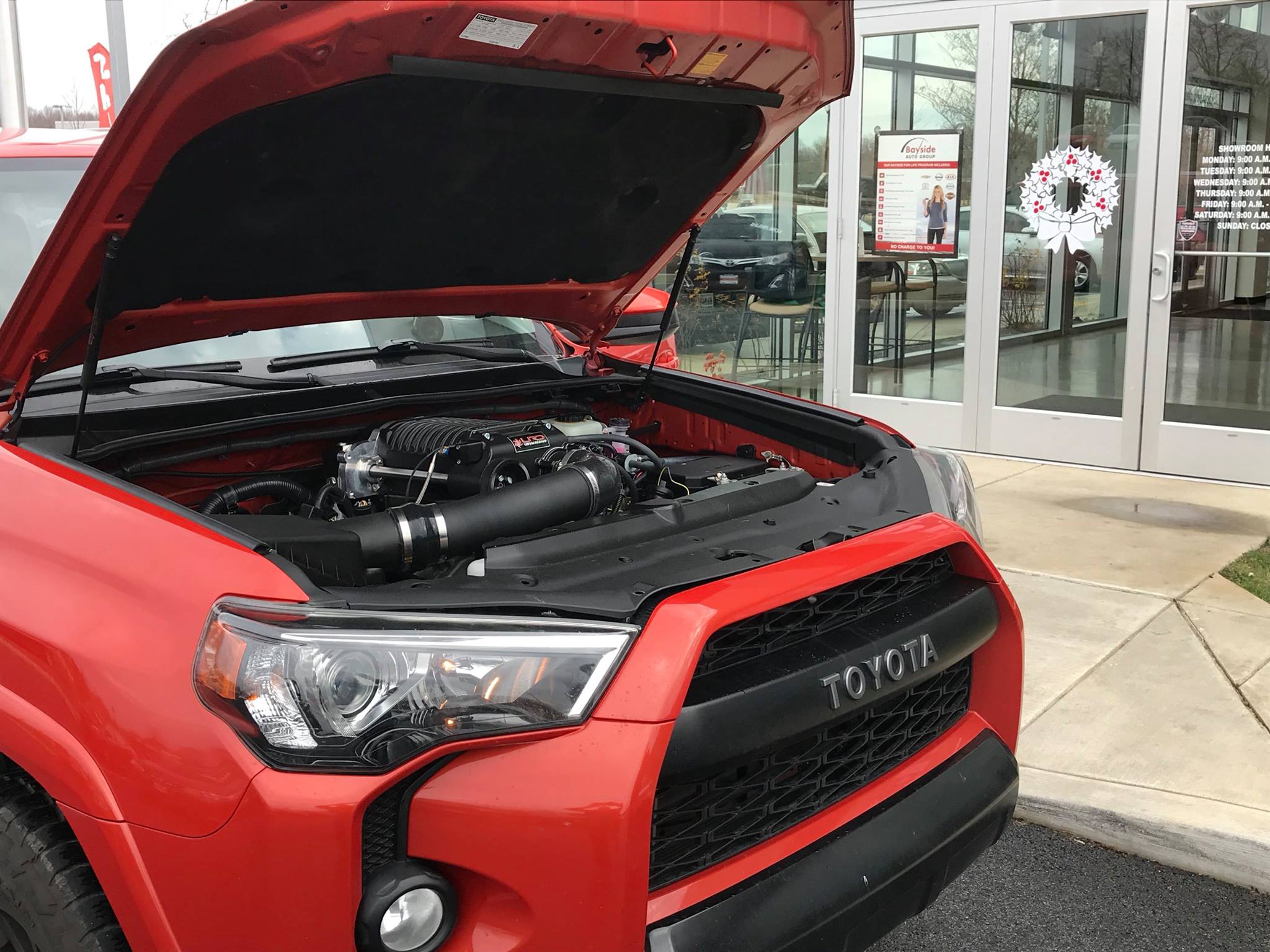I know You know
Jet Boat Addict
- Messages
- 234
- Reaction score
- 128
- Points
- 97
- Location
- South Florida
- Boat Make
- Yamaha
- Year
- 2018
- Boat Model
- FSH Sport
- Boat Length
- 21
I'll be curious to know where you land.
Something to keep in mind. In terms of acceleration, stopping, and steady state cruising. Every pound of rotating weight is roughly equivalent to ~10lbs of static weight. This of course depends on where the weight is located in relation to the center line of the thing rotating of course, but it's a generally close rule of thumb to follow. SO, for me, dropping 15lbs a tire would be a total of 60lbs of rotating weight, or the equivalent of 600lbs of static weight. Imagine how your truck will feel if it was 600lbs lighter? Acceleration is improved, Deceleration is improved, and fuel efficiency should be improved. A caveat to this is that you can possibly get a "stickier" tire that is lighter and it will not improve fuel efficiency. This has to do with rolling resistance, but for the sake of this conversation we'll leave that out. In the fullsize segment, I don't think we're going to see big gains with LRR tires.
When talking tires, another thought to keep is unsprung weight. This unsprung weight is everything that is BELOW the springs on the truck. Axles, Bearings, Tires, Brake Pads, Calipers, etc. This is the amount of weight that the springs don't have to support, but the shocks have to maintain control of. A lighter wheel/tire assembly will generally give a similar effect of a stiffer damper. Less unsprung weight to control, so the non-variable force from the damper is a larger percentage of that, thus making it a "stronger" force to contend with.
These are some generalities, but should give you a good idea of what will happen with a heavier/lighter wheel/tire combo. You want the lightest wheel/tire combo you can find that fits the specs you desire.
And I'm serious about removing those spacers. You're adding significant loading to your suspension components, with wheel studs, bearings, and ball joints in particular getting a good hammering. The only time spacers are acceptable IMO is if you accompany their installation with a set of wheels that are offset differently. Center line of tire in relation to center line of bearing should remain as close to unchanged as feasible. Every little bit of distance offset from that factory designed arrangement is removing safety factor and life expectancy from those components. This is assuming it's a well manufactured spacer. Crappy made spacers can present a whole slew of other problems that include some pretty large safety concerns.
Alright, so I think I have narrowed it down to these 3 models in a 305/55/r20.....all Coopers 1. Discoverer STT Pro 2. Discoverer AT3 XLT 3. Discoverer S/T Maxx.
What do yo guys think?
Thanks,
Peter


